Michael Köck European tour update 4: Stuttgart, Germany – Caen, France
On 23 September 23, I took an early train from Stuttgart to Karlsruhe Zoo, Germany. I was welcomed by Matthias Reinschmidt, the zoo’s director, who is passionate about birds, especially parrots. We spent the first hour talking about his breeding successes with rare parrot species, and then visited the aquarium, where he showed us a group of Ataeniobius toweri, a Goodeid species from San Luis Potosí, which the zoo keeps. He showed interest in Plan G and promised me that he would organise an exhibition for Goodeids and support the conservation plan financially once it had been set up.
After Karlsruhe, I travelled to Pforzheim to fulfil a promise: Weeks earlier, I had met a retired teacher who had spent several years in Mexico as a paleontologist and now dedicates himself to teaching science to young people. One project was about the territorial behaviour, use of space and reproduction of Xenotoca doadrioi. I offered him the opportunity to talk to the children about Plan G and the species they keep, and he was very enthusiastic. Even the press was present and ‘Dino’, as he is called by his friends, organised a nice event. He also promised to support Plan G by organising a charity event by the end of the year to raise money. A big man with a big heart!

The following day I headed to Zurich, Switzerland. Holger Kraus, the curator in charge, welcomed me and gave me a tour of the zoo. There are some wonderful projects happening and lots of funding has been invested by donors. He has a great passion for fish and praised Plan G as ‘the blueprint for the One Plan approach’. Unfortunately, Zurich Zoo limits its financial support to only seven ongoing projects, without the possibility of adding another one or incorporating Plan G into one of them. But he offered me an interesting option: Zurich Zoo has excellent contacts with the Max Planck Institute, and he favours collaboration on a scientific project that is led and paid for by the zoo that involves artificial intelligence. This project would give us the opportunity, for example, to identify fish that we have released into the wild without having to physically tag them beforehand. A huge advantage, because we need nothing more than a high-resolution image of the fish before we start the reintroduction.
I then had to travel back to Stuttgart. Unfortunately, last-minute changes to the timetable made it necessary to travel there and back, but there was no way to change this. I was welcomed by Isabel Koch, the aquarium curator, and Stefanie Reska, the curator for conservation projects. The Wilhelma zoological-botanical garden, the full name of Stuttgart Zoo, has been supporting a Goodeid conservation project run by the Aquatic Biology Laboratory of the university of Morelia for several years, so this visit was essentially to give an account and provide first-hand information. But Plan G was so well received that Isabel and Stefanie decided to increase the amount of funding to support this project and they promised to use their contacts and influence to help increase our chances of funding and help us develop key elements to increase our impact. A very generous offer that I gladly accepted!

On 26 September, I travelled from Zurich to Basel by train. Together with Zurich Zoo, Basel Zoo is one of the two largest zoos in Switzerland. There I met a good old friend of mine, Fabian Schmidt, aquarium curator, and presented Plan G to him, staff from the entire zoo and the director. Plan G was again very well received, and Basel Zoo wants to support the project financially, but will have to wait until the position of conservation project curator is filled again early next year. More information will then be available. In the afternoon, I travelled by TGV train at a speed of more than 200 km per hour / 124 miles per hour to Paris and from there to the vicinity of Fontainebleau in the evening. The curator of L’Aquarium Tropical, Charles-Edouard Fusari, had invited me to spend the night with him and to travel to Paris with him the next morning to talk about Plan G.

In the morning of 27 September, Charles-Edouard and I visited L’Aquarium Tropical. He immediately promised me his support, but as the aquarium does not charge an entrance fee, he can only donate small amounts, he said between EUR 1,000 and 3,000 per year. I was happy to agree. Every coin counts, and any support is very welcome. I also gave him information about Plan G for Alexis Lecu from the Parc Zoologique de Paris. Alexis wanted to see me to talk about Plan G but was unavailable due to a veterinary congress in Canada. Fortunately, he is also the vet at L’Aquarium Tropical, so I took the opportunity to introduce him to Plan G via Charles-Edouard. In the evening, I took another train to travel to Caen on the coast of the English Channel. The plan for the next day was to take the ferry to Portsmouth in the morning, but the visits to the UK and finally Hungary will be part of the fifth and final travel report. Stay tuned!
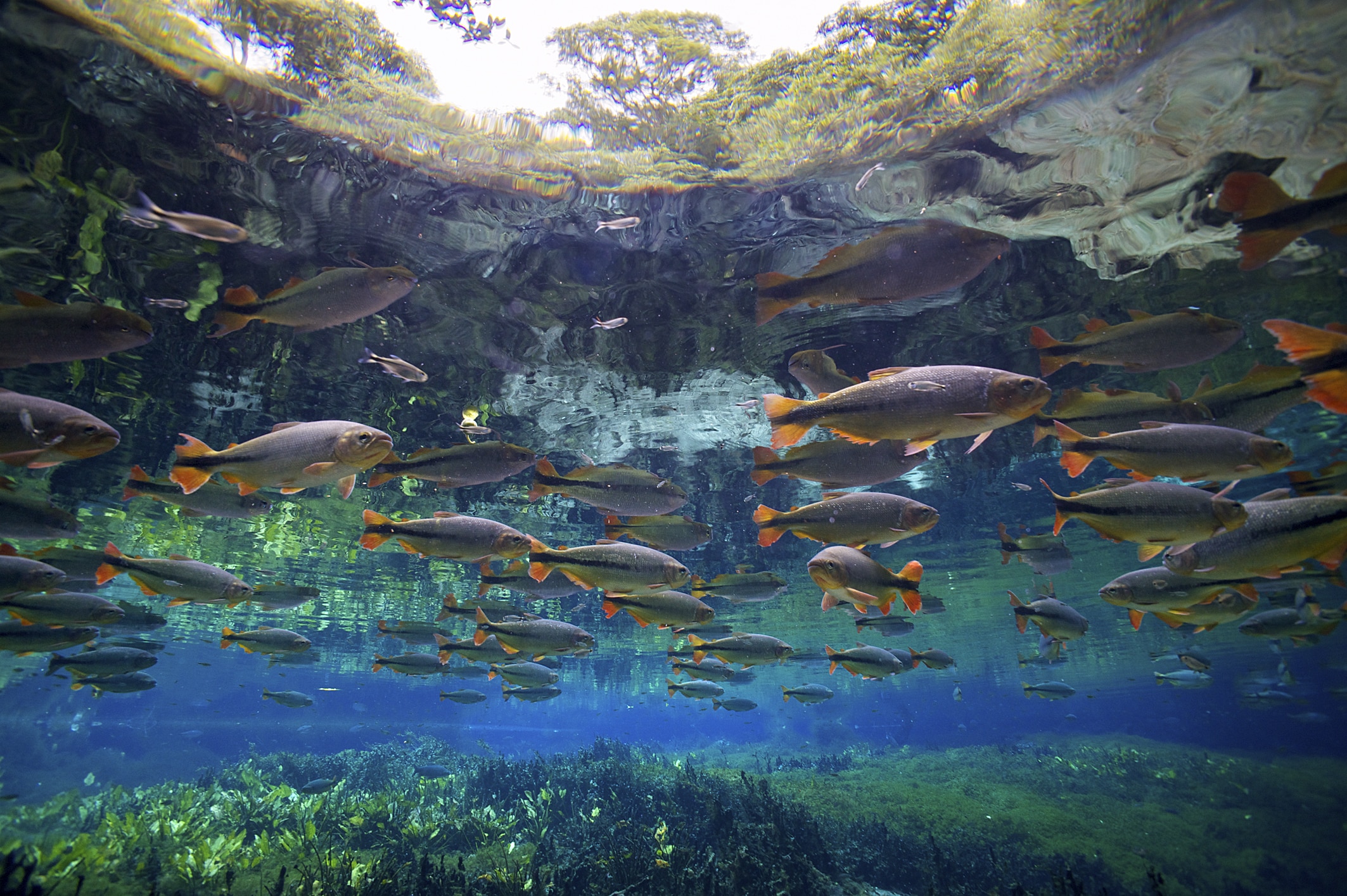
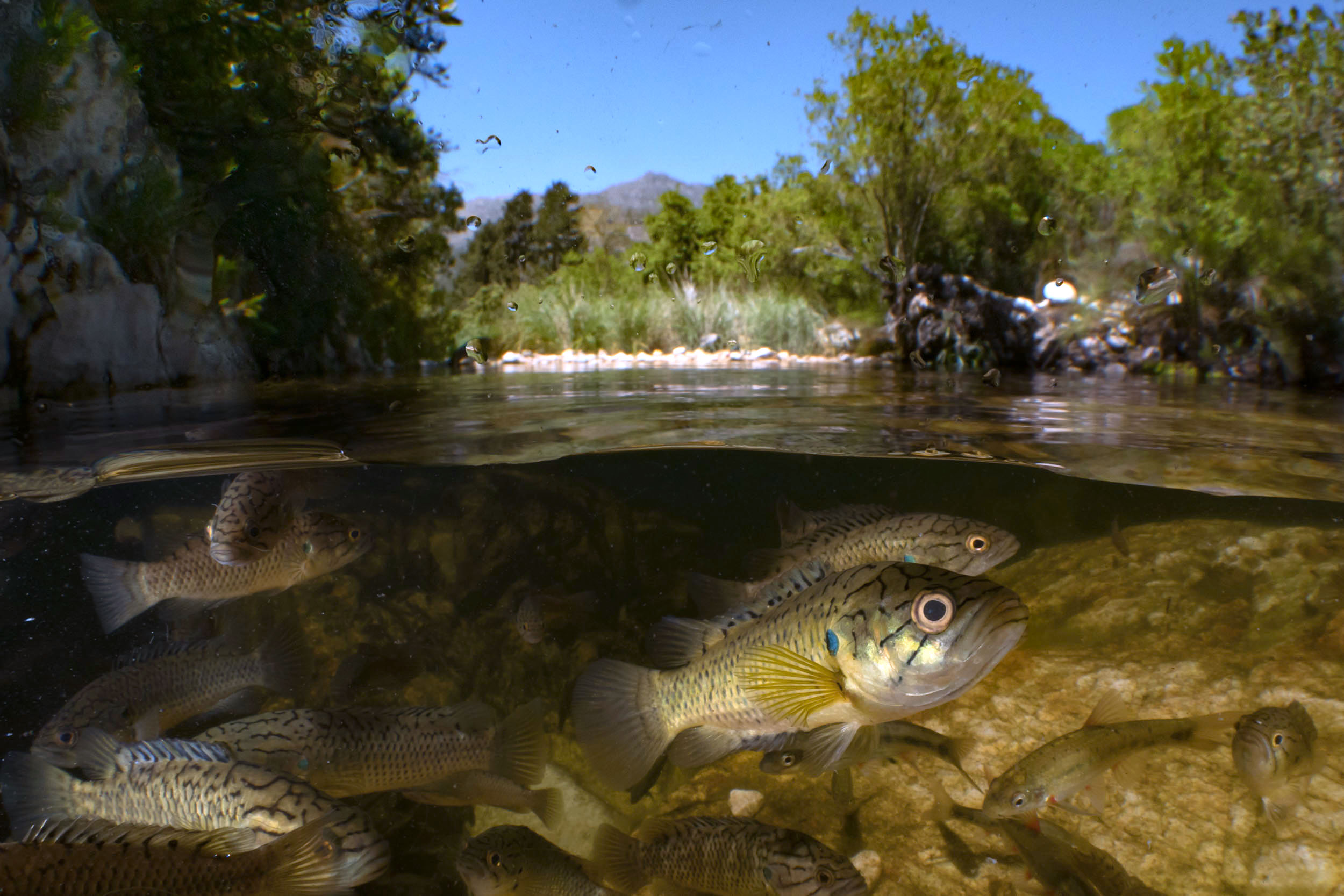
)
)
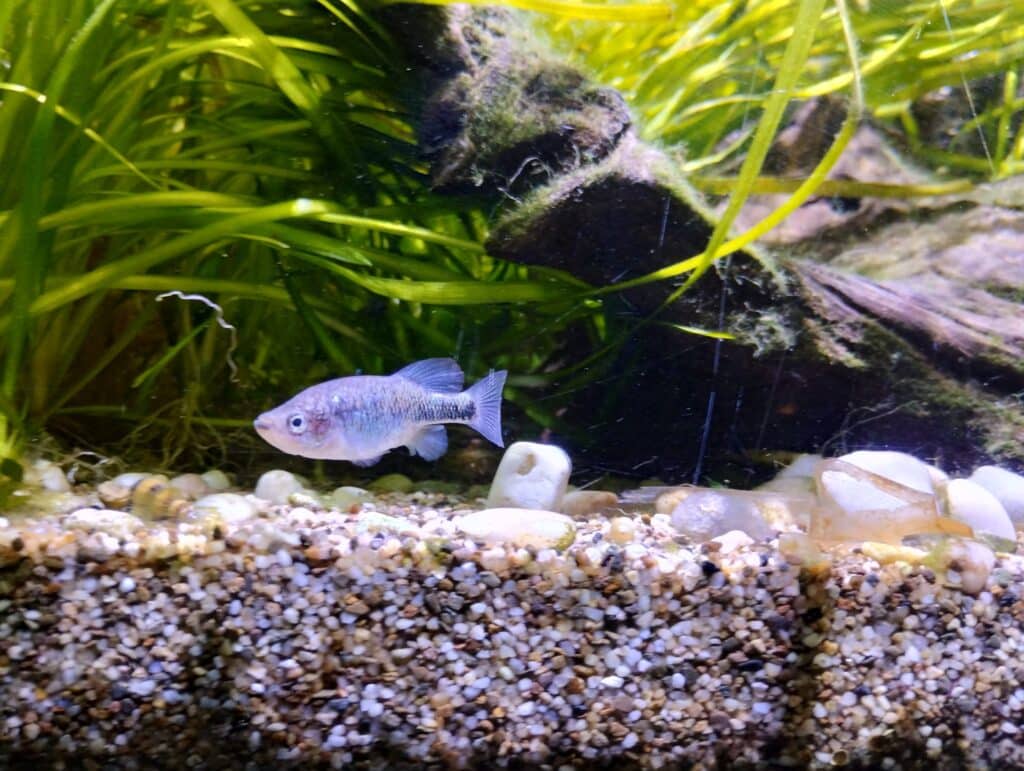)
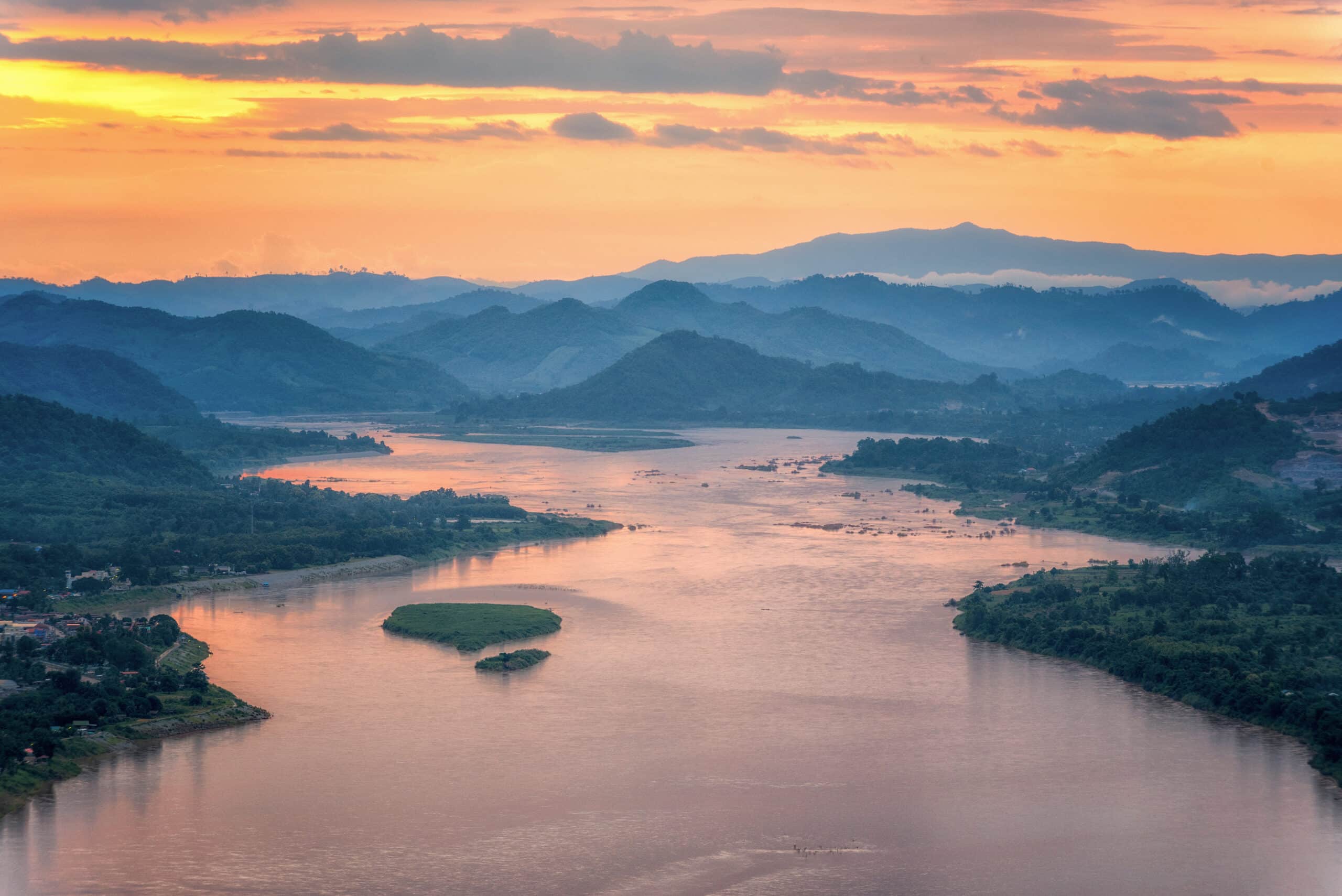
)
)
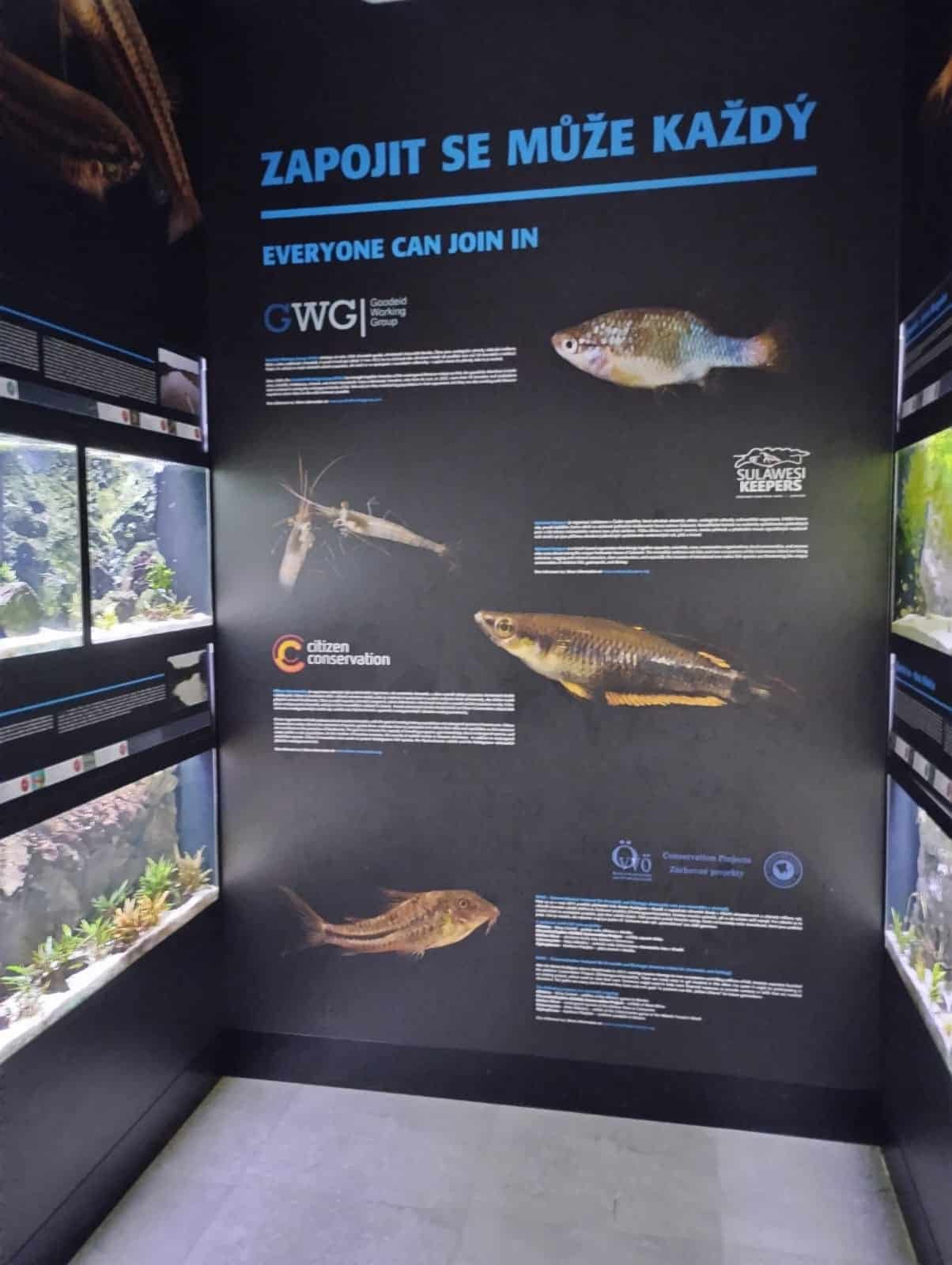

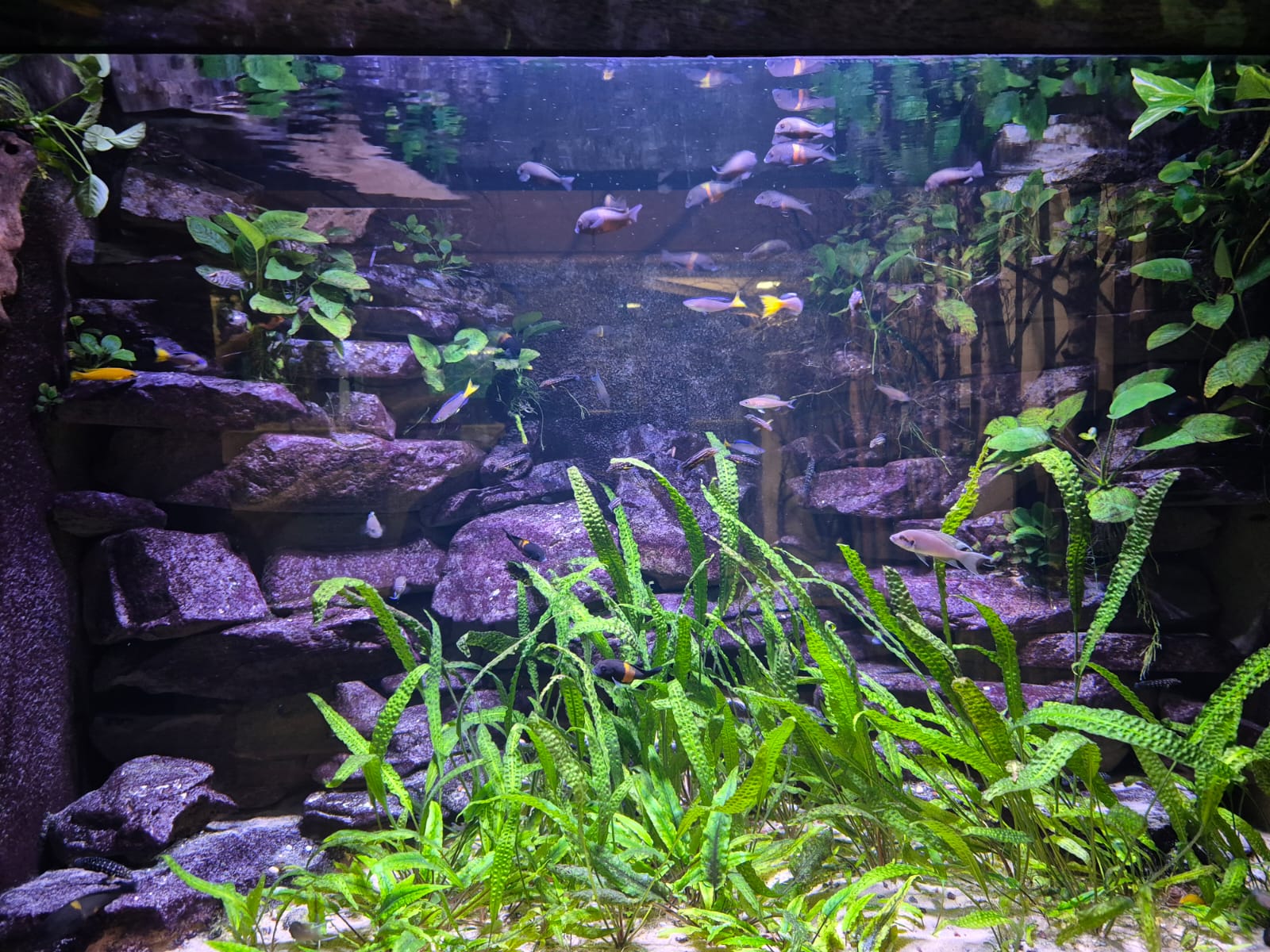
)


)


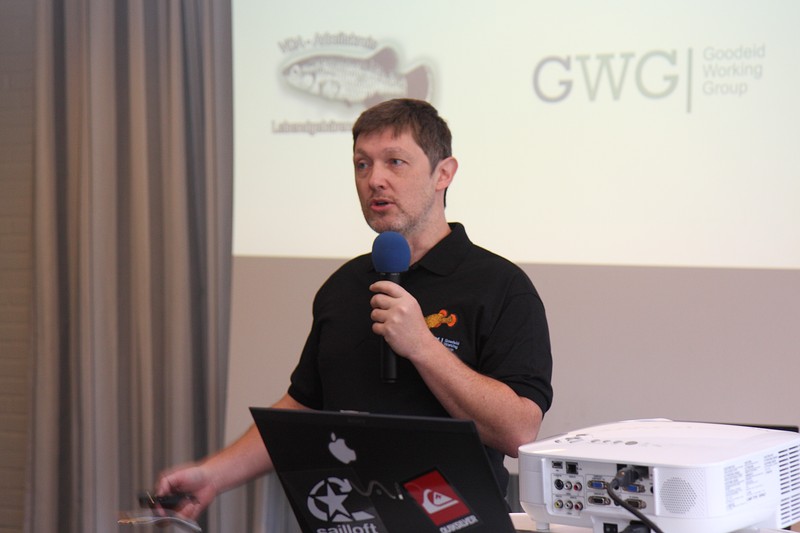)
 Michael and team in the field collecting goodeids in Mexico.[/caption]
Michael and team in the field collecting goodeids in Mexico.[/caption]

)
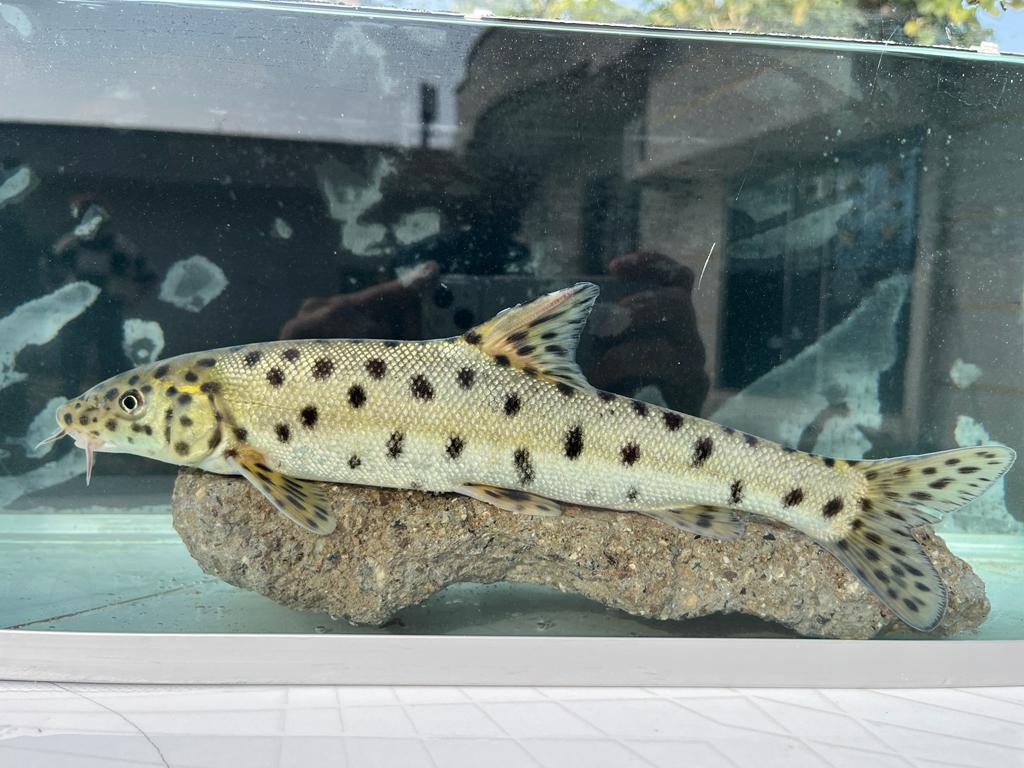



)

)



)
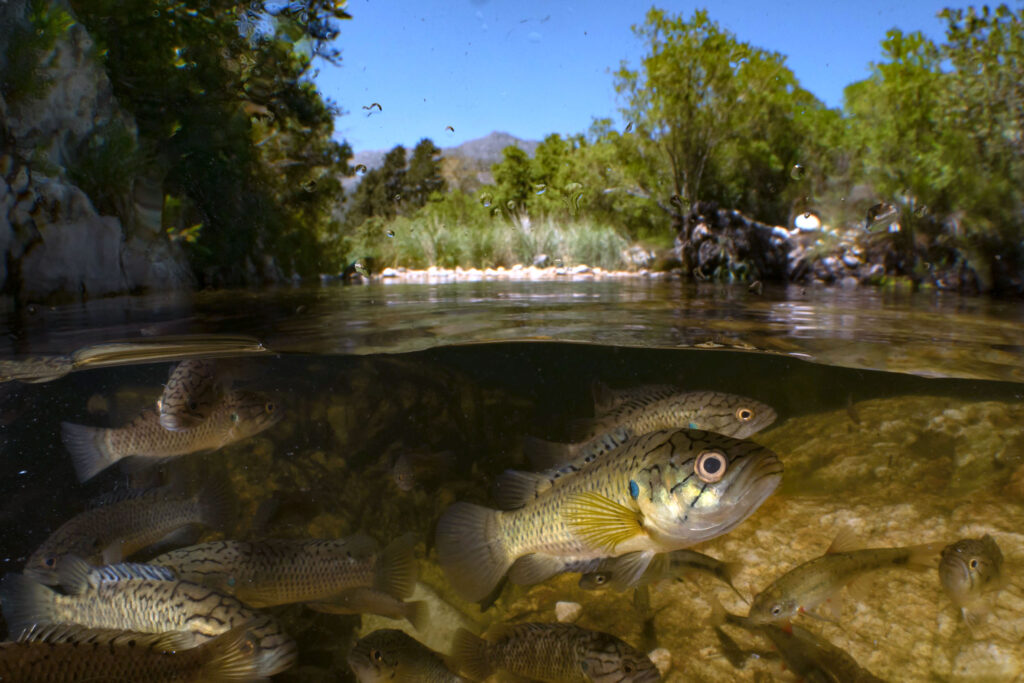)



